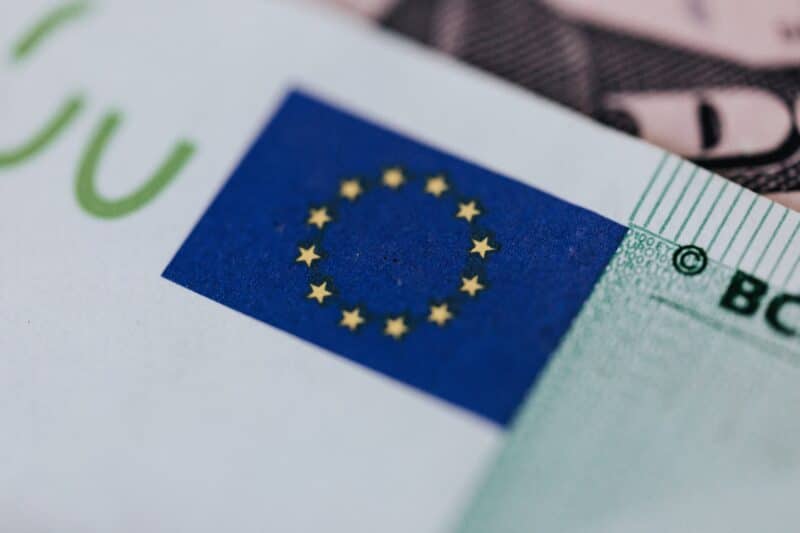The German economy continues to show weak readings. There is a slight improvement, but this is due mainly to the point of reference. Across the ocean, expectations about the number of interest rate cuts by the end of the year are changing. Meanwhile, Romania lowers interest rates again.
Germany still gasping
Yesterday, we learned data from the German economy, which has recently accustomed us to not the best results, specifically the balance of foreign trade and industrial production. The trade balance showed a decrease in surplus. Balancing the economy could theoretically be a good sign, but the problem is that it happened with weaker than expected imports and exports. On the other hand, we see a clear improvement in industrial production – the decline now stands at only 4.1% on a yearly scale. This sudden improvement is primarily due to the point of reference, with June of last year being very weak. If we refer to a very weak month, the reading will also be better or – as in this case – less bad. As a result, despite the improvement in industrial production, this data had little effect on the euro exchange rate.
Changes in expectations across the ocean
The past few days have been a crazy ride for those following forecasts about interest rates overseas. Firstly, last Wednesday, members of the Federal Open Market Committee suggested there might not be any cuts at all (by setting a condition of inflation moving towards a specific target). This target, to put it mildly, was not fully realized. However, on Wednesday we learned of the first troubling data from the job market. Then on Thursday we saw noticeably more unemployment benefit applications than expected, and on Friday we confirmed that the data didn’t lie. The unemployment rate jumped from 4.1% to 4.3%. As a result, discussions began about accelerating the cuts. Shortly after these data were released, the market “priced in” five cuts by the end of the year, after some correction we currently have “only” four. The reaction could be seen on the euro to US dollar exchange rate. When five were expected, the dollar lost much more than now, when we expect four.
Romania lowers interest rates
Although inflation in Romania only fell below the 5% level for the first time since 2021 in June, at yesterday’s meeting the Central Bank of Romania decided to lower the interest rate by 0.25%. This is the second such decision in a row and the main interest rate now stands at 6.5%. This is still 0.75% higher than in Poland, but Romania has entered a cycle of cuts, so our country may soon advance once again in the infamous ranking of the most expensive loans in Europe. Despite the rate cuts, Romania has managed to nearly stabilize the lei’s exchange rate against the euro in recent years. Consequently, currency markets remained unresponsive. On the other hand, the rate cut might be an attempt to maintain a steady exchange parity around 4.97 lei per 1 euro, in times when the ECB lowers interest rates.
Today, in the macroeconomic data calendar, pay attention to:
14:30 – USA – Unemployment Benefit Claims.
Maciej Przygórzewski – Main analyst at InternetowyKantor.pl
Source: https://managerplus.pl/euro-pod-presja-slaba-niemiecka-gospodarka-i-oczekiwania-na-ruchy-fed-22007
